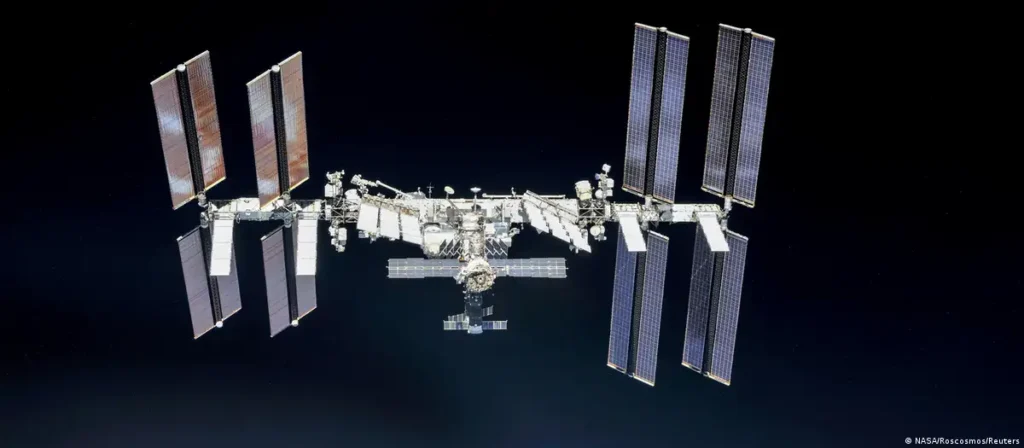Tags: NASA, ISS, ISS Earth, ISS crash.
In accordance with recently disclosed plans for its future, NASA has affirmed its commitment to operate the International Space Station (ISS) until the conclusion of the year 2030. Subsequently, there are intentions to intentionally deorbit the ISS, directing it to a remote expanse of the Pacific Ocean recognized as Point Nemo.
Having been launched in the year 2000, this space laboratory has continuously encircled the Earth at an altitude of approximately 227 nautical miles. Over 200 astronauts from 19 diverse countries have partaken in missions aboard the ISS, signifying an unbroken human presence in space.
NASA has articulated its vision for the post-ISS era, stipulating that commercially managed space platforms will assume the role of the ISS as a hub for cooperative ventures and scientific exploration. Phil McAlister, the Director of Commercial Space at NASA Headquarters, expressed confidence in the private sector’s technical and financial capabilities to develop and operate commercial destinations in low Earth orbit with NASA’s support. He emphasized NASA’s eagerness to share its accrued knowledge and operational experience with private entities to facilitate the development of secure, reliable, and cost-effective space destinations.

The plan for the ISS’s endgame, as outlined in the International Space Station Transition Report, entails a deliberate descent, culminating in its entry into the South Pacific Oceanic Uninhabited Area, colloquially known as Point Nemo. The report posits that this deorbiting operation is budgeted to occur in January 2031.
Point Nemo, named after Captain Nemo from Jules Verne’s “Twenty Thousand Leagues Under the Sea,” is a remote location in the ocean, situated approximately 3,000 miles east of New Zealand’s coastline and 2,000 miles north of Antarctica. This region has served as the final resting place for numerous spacecraft, with more than 263 pieces of space debris from various spacefaring nations having been consigned there since 1971.
The report elaborates on the ISS’s planned maneuvers to ensure a safe re-entry into the Earth’s atmosphere.
Despite the countdown to its retirement, the ISS is not poised to idle away its remaining eight years. NASA envisions a series of objectives for the next decade, including utilizing the ISS as an analog for a Mars transit mission.
Robyn Gatens, the Director of the International Space Station at NASA Headquarters, remarked on the ISS’s evolution into its third and most productive decade, serving as a pioneering scientific platform in microgravity. This period is anticipated to yield substantial results, building upon the successful global partnership that has advanced exploration and human research technologies, delivered medical and environmental benefits to humanity, and laid the groundwork for a commercial future in low Earth orbit.
The space station has also been the site of numerous scientific milestones. Notably, it hosted the first 3D-printed object in space in 2014, witnessed the sequencing of DNA in space for the first time by NASA astronaut Kate Rubins in 2016, and enabled the creation of a Bose-Einstein condensate, the fifth state of matter, by NASA’s Cold Atom Lab in 2018.
Astronauts have honed their skills in growing lettuce, leafy greens, radishes, and chilis in space, a development that could prove pivotal for future deep space missions, potentially enabling astronauts to cultivate their own sustenance.
China, historically excluded from the ISS collaboration, initiated its own space station project by launching the first module in the preceding year. Although not as extensive as the ISS, the Chinese space station is anticipated to become fully operational by the year’s end. Meanwhile, Russia has declared its intention to depart from the ISS project in 2025, with plans to construct its own space station, potentially ready for launch by 2030.